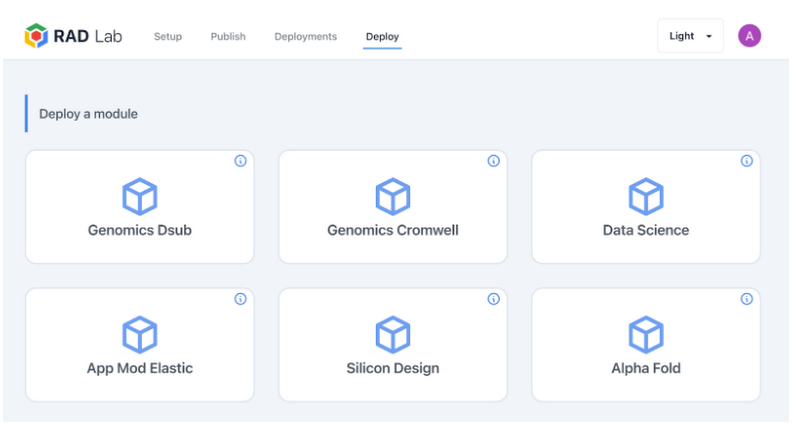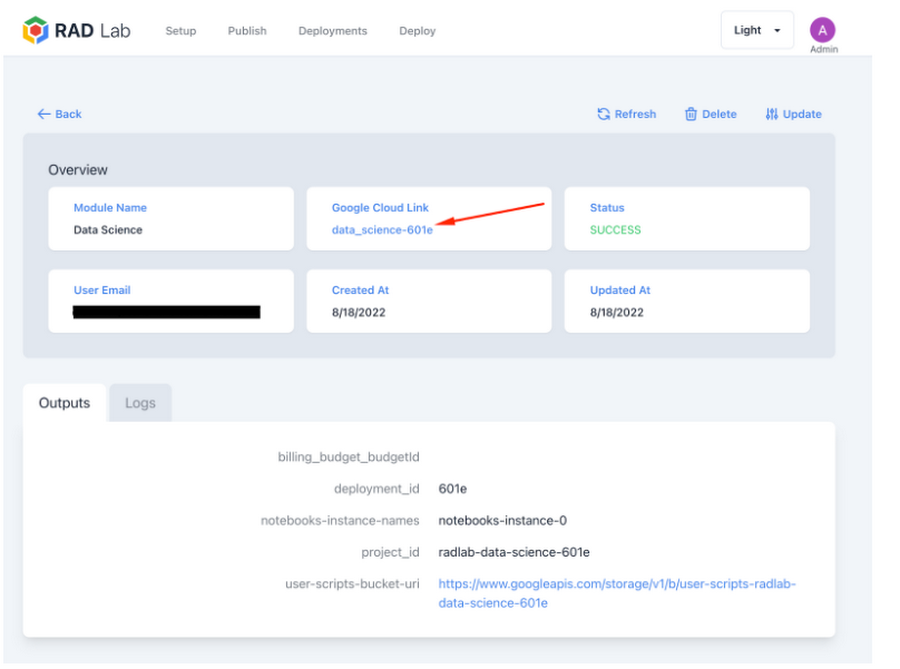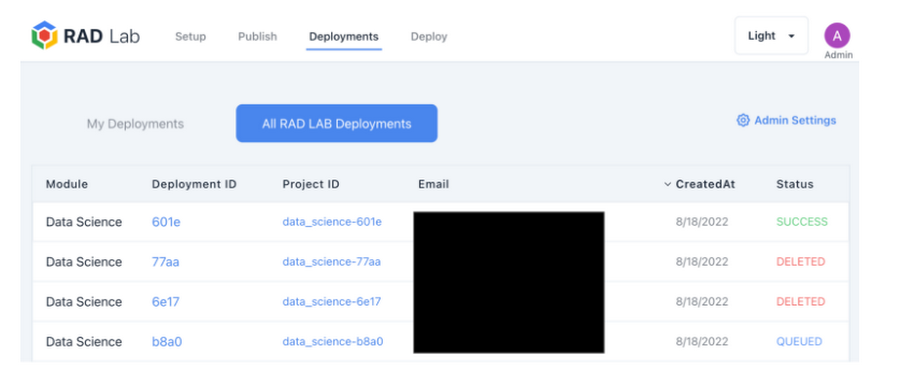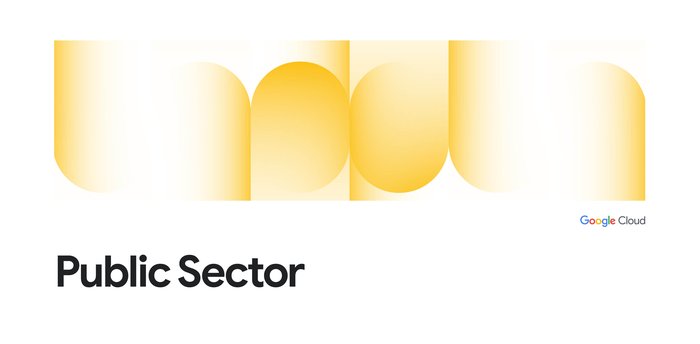Deploy Google Cloud in a few clicks with RAD Lab UI
Alan Colver
Solutions Developer, Google Public Sector
Santosh Kunchala
Leader, Demo Solutions Engineering, Google Public Sector
Announcing RAD Lab UI


Just over a year ago, we launched an open source solution, RAD Lab, to help spin up Google Cloud projects quickly and compliantly. RAD Lab serves as a Google Cloud-based sandbox environment to help technology and research teams advance quickly from research and development to production – all while incorporating feedback from the open source community along the way.
RAD Lab has been rapidly adopted since its launch across our government and education customers, with technical users getting started quickly managing many workloads. Less technical users, however, still indicated challenges deploying cloud infrastructure.
To that end, we’re announcing the next evolution of RAD Lab, with the addition of RAD Lab UI. RAD Lab UI provides a modern interface for less technical users to deploy Google Cloud resources – in just three steps.
Select a module: after logging in, users select a RAD Lab module that fits their needs.


2. Customize options: To customize the deployment, there are several module-specific options. A user will find that nearly all the options already have default values provided (either by their IT admin or defaults that ship with RAD Lab). A user may accept these defaults or customize them to their needs.
3. Deploy! (and wait): A user then submits the deployment, and it runs in the background in Google Cloud. After a few minutes the status will change to “Success" and the user will have a direct link to their cloud environment.


So, how does a user get access to this UI? That’s where your IT administrator comes in.
Your IT administrator will set up a self-hosted version of RAD Lab UI (on Google Cloud) specifically for their organization (these tools and documentation will help do this easily). Once created, the IT administration will have control over:
Setting user access and roles (whether ‘admin’ or ‘user’) and connecting these identities to their identity provider
Choosing which modules are available for users to deploy
Setting default values for deployments (global and per-module settings)
Setting budgets and alerts
All the steps required to set up RAD Lab UI for an organization have been fully documented here.
Admins can see the activity of users and manage all deployments within their organization. This may include updating or deleting deployments


And because the project is completely open source, admins can customize and make changes to fit the needs of their organization. This could include setting default deployment options, adding new modules, adding new sign-in methods, etc.
RAD Lab is built on Google Cloud tools that support compliance with regulatory requirements such as FedRAMP, HIPAA, and GDPR security policies. Administrators deploy RAD Lab in their own Google Cloud project and can further tweak access settings to their liking.
Administrators can now enable self-service cloud deployments for their coworkers while enforcing organizational policies and budgets. RAD Lab UI removes the bottleneck of setting up secure Google Cloud environments and frees the administrators and users to focus on creating value.
Get started with RAD Lab UI today.

